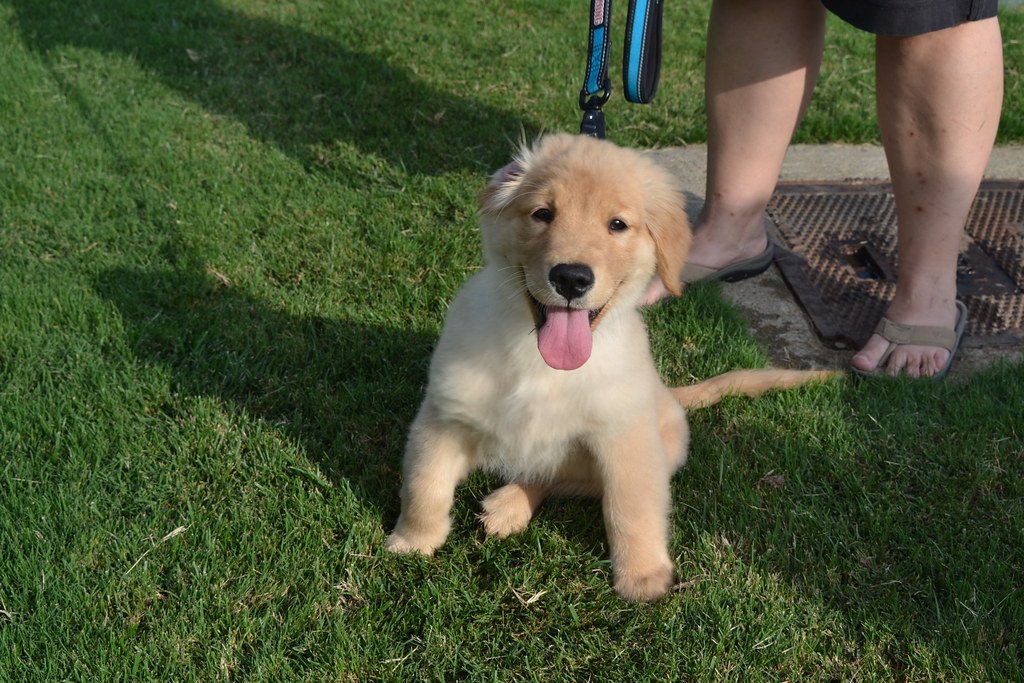Have you ever wondered why your dog gravitates toward one family member over another? Or perhaps you’ve noticed how some dogs instantly bond with strangers while others remain loyal to just one person their entire lives? The truth is, dogs don’t randomly select their favorite humans – they have specific criteria that guide their choice, rooted in millions of years of evolution and thousands of years of domestication.
Understanding what dogs look for in their preferred human isn’t just fascinating canine psychology. It’s practical wisdom that can transform your relationship with your furry friend and help you become the person they turn to for comfort, play, and unconditional love.
The Power of Your Unique Scent
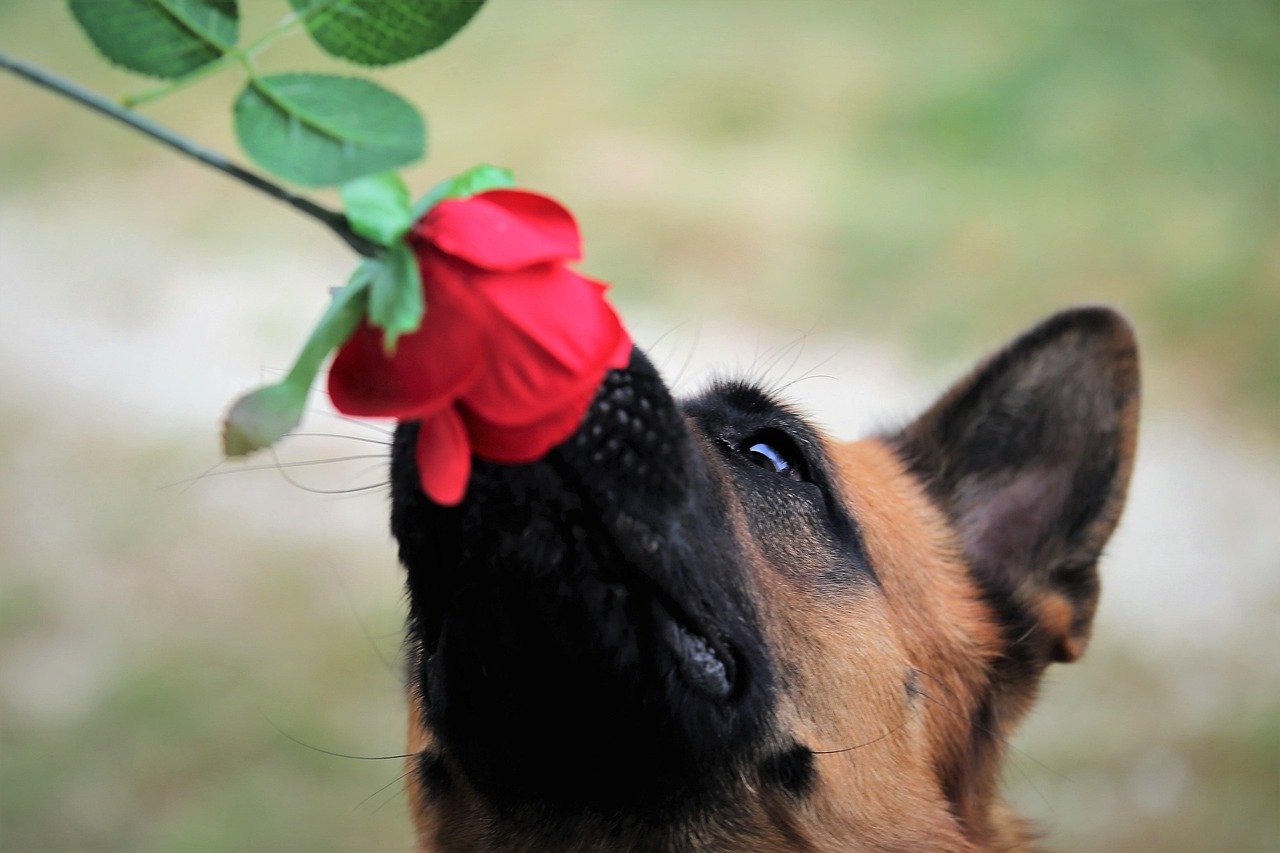
Dogs experience the world through their noses in ways we can barely comprehend. Dogs have approximately 220 million scent receptors compared to a human’s 6 million, making their olfactory capabilities remarkable. When a dog chooses their favorite person, scent plays a massive role in that decision.
They can pick up on various scents, including hormonal changes and individual scents associated with different people. Your unique body chemistry creates a signature scent that your dog learns to associate with comfort, safety, and positive experiences. Think of it like a personal perfume that only your dog can fully appreciate – one that tells them you’re home, you’re safe, and you’re theirs.
Energy Levels That Match Perfectly
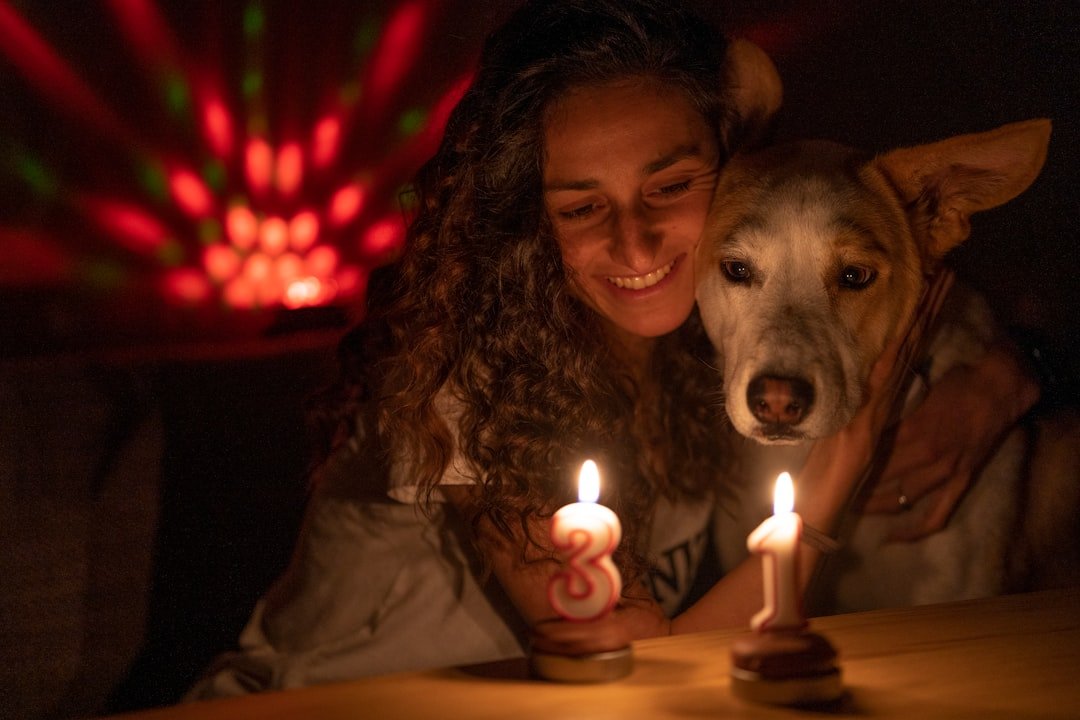
Dogs often choose a favorite person who matches their own energy level and personality. A high-energy Border Collie might naturally gravitate toward the family member who jogs every morning, while a laid-back Bulldog might prefer the person who enjoys quiet evenings on the couch.
This isn’t coincidence – it’s compatibility. Some dogs may be more laid-back and drawn to calm individuals, while others may thrive around energetic and playful companions. A dog’s personality will shape their interactions, and they will likely choose a favorite human who matches their temperament. When your energy aligns with your dog’s natural rhythm, both of you feel more comfortable and connected.
Quality Time That Really Matters
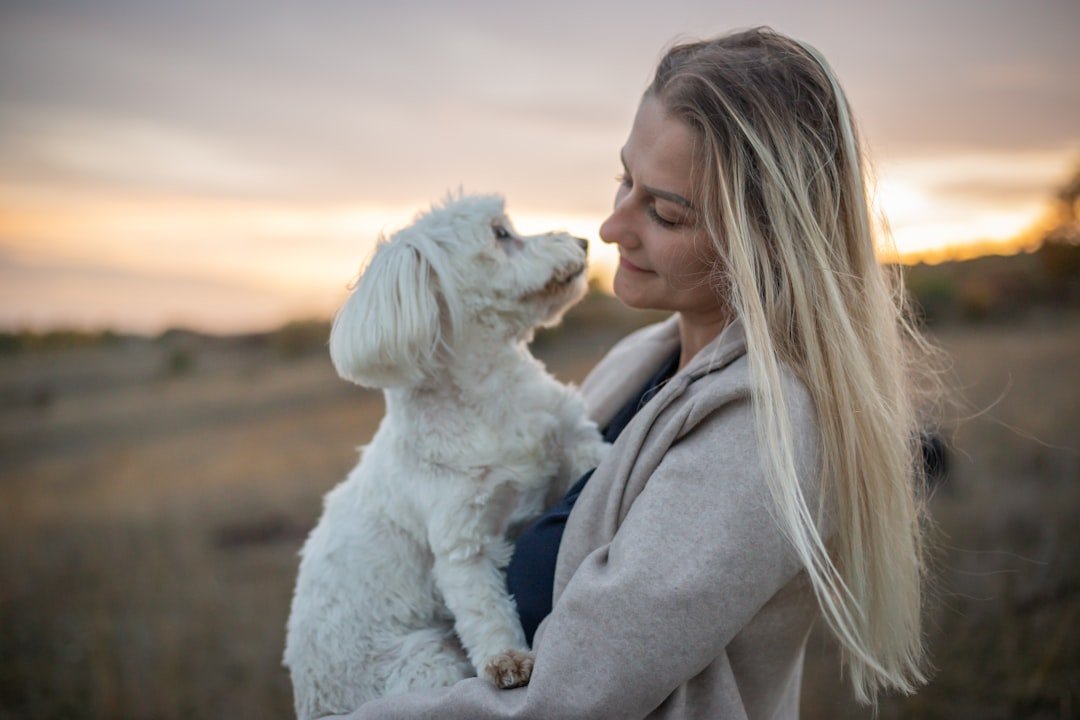
Dogs that spend more time with a particular person are likely to have a stronger bond with them. This connection can be formed by playing, walking, or cuddling together. Regular interaction can lead to a sense of trust and loyalty towards their favorite person.
However, it’s not just about quantity – it’s about quality. The easiest (and most fun) way is to spend at least 30 minutes of focused, one-on-one time together each day. Your bonding time should be active and focused. Dogs can sense when you’re truly present versus when you’re distracted by your phone or other concerns. That undivided attention speaks volumes to them.
Positive Associations Build Unbreakable Bonds
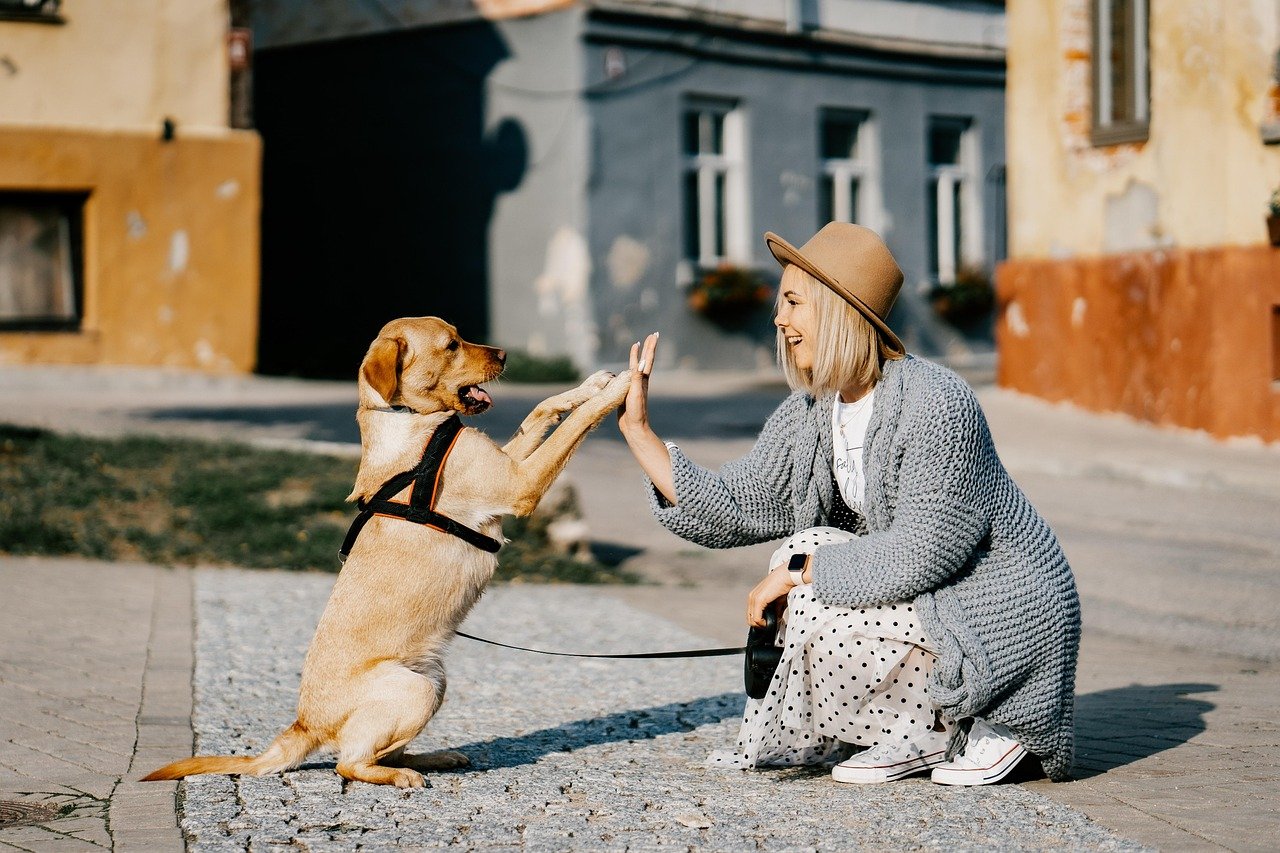
Dogs’ favorite people are associated with the most positive experiences, especially experiences of love, shelter, and comfort. They love someone who can make a bad situation better or spend time with them doing something they enjoy. In a dog’s mind, this person equals fun, safety, affection, and other good things.
Positive associations are the foundation of cementing a dog’s choice of their favorite person. A good owner gives their pet many reasons to form these associations, whether long walks, treats for behaving, or a safe place to sleep. Every pleasant interaction becomes a building block in your relationship, creating a foundation of trust that grows stronger over time.
Consistency Creates Comfort
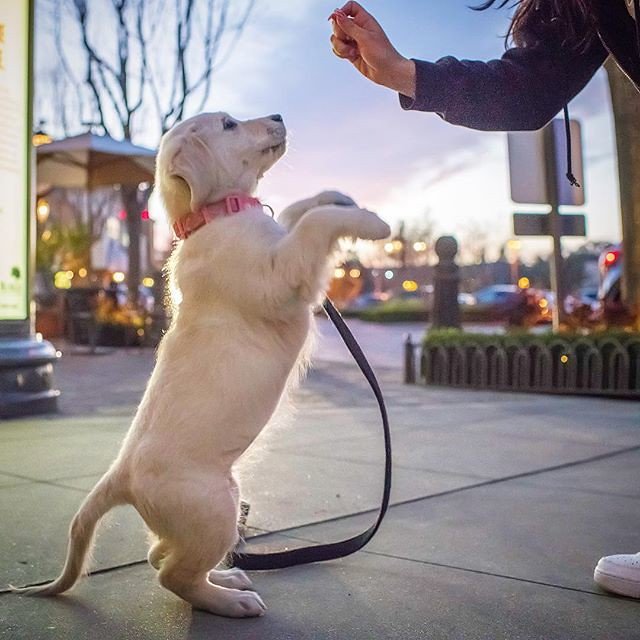
Dogs appreciate predictability. Individuals who consistently feed, play with, and train them are more likely to become their favorite. Dogs are creatures of habit who find security in routine, and they deeply value humans who provide reliable care and attention.
This consistency extends beyond basic care. This can often be traced back to the amount of time spent together, the quality of interactions, and the consistency of care and affection provided. When you’re the person who consistently shows up – whether for meals, walks, or comfort during thunderstorms – your dog learns they can depend on you completely.
Training and Leadership They Can Trust

Dogs respond to positive reinforcement and training. If one family member is more consistent in rewarding good behavior or teaching tricks, the dog is more likely to form a bond with them. Training also requires bonding between the dog and the trainer, which can solidify the relationship.
Training isn’t about dominance – it’s about communication and mutual respect. Engaging in play and training sessions is a great way to bond with your dog. Interactive games like fetch or tug-of-war can be both fun and beneficial for building trust and affection. Training sessions reinforce positive behavior and create a sense of teamwork between you and your dog. When you become your dog’s trusted teacher, you become someone they look to for guidance and support.
Physical Affection That Speaks Volumes

Physical touch is essential in establishing a bond between dogs and their favorite humans. Dogs thrive on affection, whether through petting, cuddling, or playful roughhousing. The release of oxytocin, the “bonding hormone,” occurs in both dogs and humans during physical interactions, reinforcing the emotional connection. A person who engages in affectionate behaviors is likely to be perceived as a favorite, as this interaction creates feelings of safety and happiness.
This biochemical response is profound. A number of studies have shown that when dogs and humans interact with each other in a positive way (for example cuddling) both partners exhibit a surge in oxytocin, a hormone which has been linked to positive emotional states. Each gentle touch, scratch behind the ears, or belly rub literally strengthens your bond at a hormonal level.
Understanding Their Emotional Language
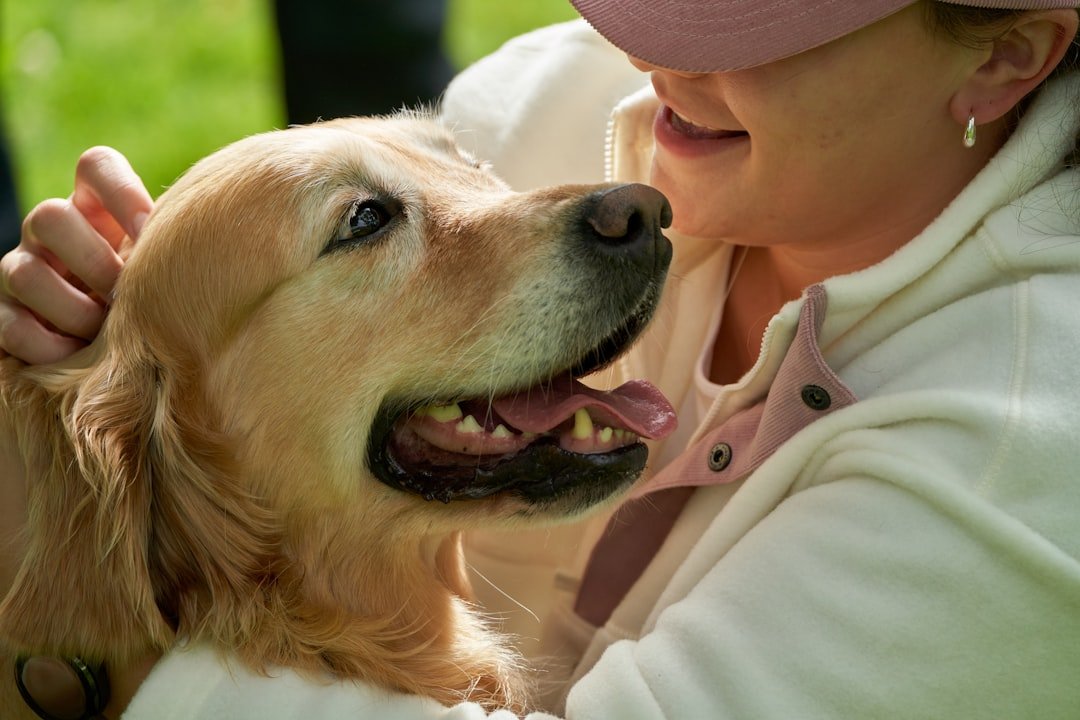
Dogs can read people’s emotions remarkably well. It helps them home in on the individual who will become their favorite. Dogs are incredibly perceptive to human emotions and naturally gravitate toward people who understand their emotional needs as well.
Furthermore, being attentive to your dog’s emotional needs, such as providing comfort during stressful situations or offering reassurance during changes, can enhance your relationship. Your efforts to ensure their well-being will not go unnoticed, and your dog will likely appreciate and reciprocate your care. When you recognize their stress signals, celebrate their joy, and provide comfort during difficult times, you become their emotional anchor.
Early Life Experiences That Shape Preferences
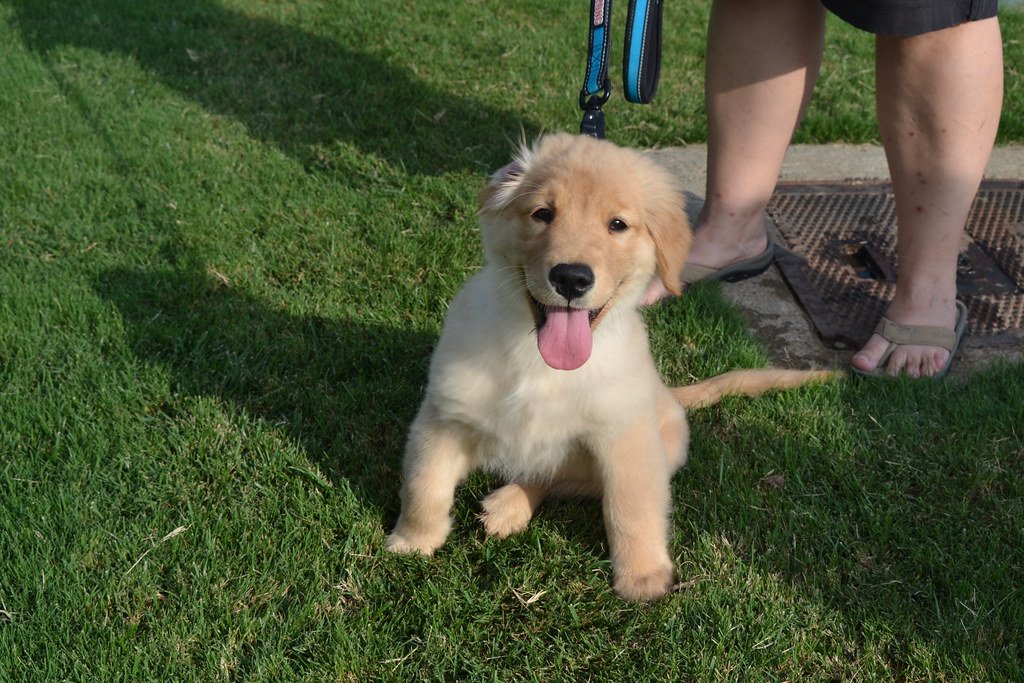
Many dogs bond hardest to whoever cares for them during their key socialization period, which occurs between 3 and 14 weeks of age. Dogs choose their favorite people based on positive interactions and socialization they have shared in the past. Like humans, dogs are especially impressionable as their brains develop, so puppies up to 6 months old are in their key socialization period.
Moreover, this favoritism can be influenced by the dog’s early experiences and the initial bonding period, which often sets the foundation for their future relationships. If you were part of your dog’s early life – or if you provided particularly positive experiences during their formative months – you may have gained a lifelong advantage in their heart.
Meeting Their Physical and Emotional Needs

Taking care of your dog’s physical and emotional well-being is crucial in becoming their favorite person. Provide them with a balanced diet, regular exercise, and mental stimulation. Address any health concerns promptly and ensure they have a comfortable living environment. By prioritizing their needs and health, you demonstrate your dedication and love, which can strengthen your bond.
This holistic care goes beyond just feeding and walking. Dogs recognize when someone truly cares about their wellbeing, from noticing when they’re not feeling well to ensuring they have mental stimulation and social interaction. Their ‘favorite person’ is someone who offers consistent care, affection, and safety. When you become their comprehensive caretaker, you become irreplaceable in their world.
The Magic of Mutual Gazing
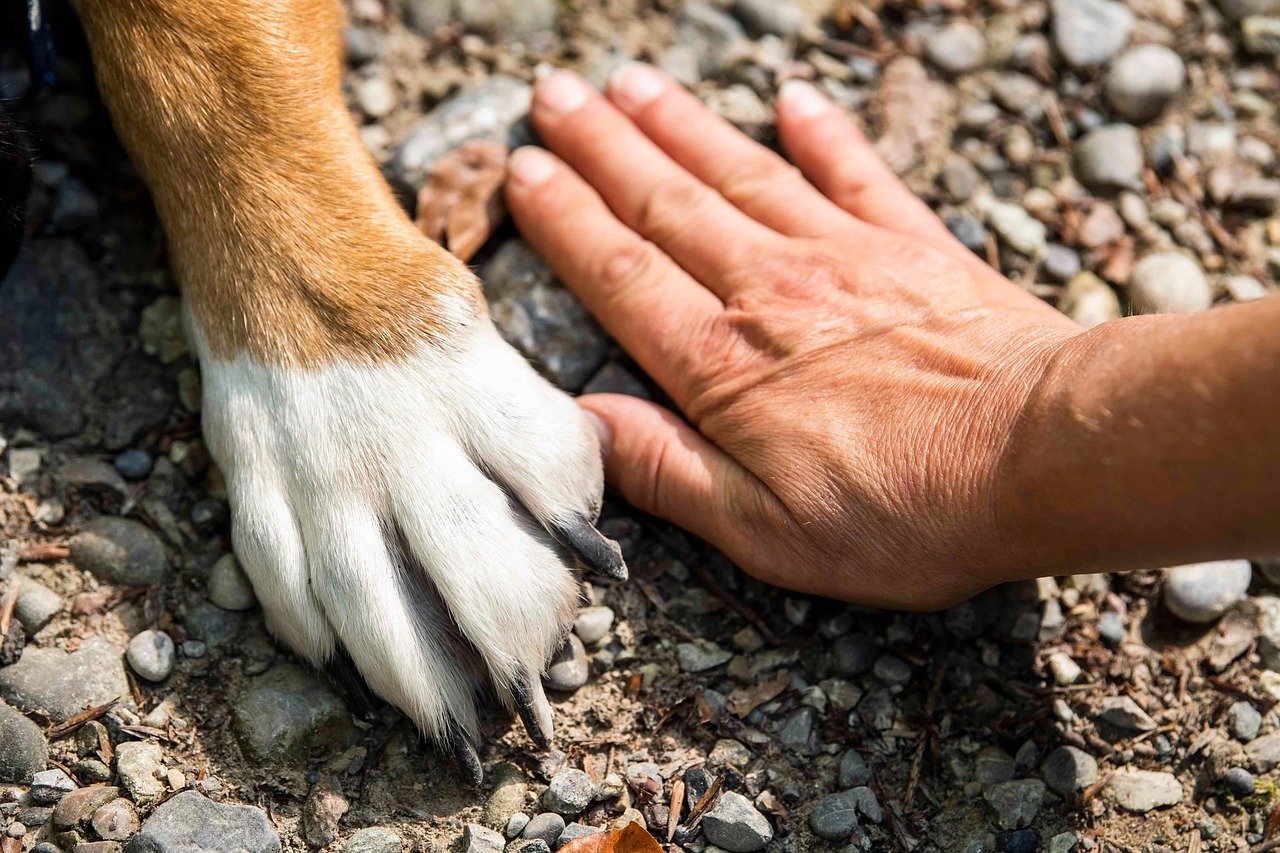
Perhaps one of the most powerful ways dogs bond with their favorite humans is through eye contact. Unlike many animals that interpret eye contact as a threat, dogs do it to humans to bond. They will look at you like they can’t believe their eyes if a dog has bonded with you as their special person. Some even look like they’re winking at you as a subtle sign of their love.
This isn’t just cute behavior – it’s science. Humans bond emotionally as we gaze into each other’s eyes – a process mediated by the hormone oxytocin. Nagasawa et al. show that such gaze-mediated bonding also exists between us and our closest animal companions, dogs. They found that mutual gazing increased oxytocin levels, and sniffing oxytocin increased gazing in dogs, an effect that transferred to their owners. When your dog chooses to make eye contact with you, they’re literally choosing to bond with you on the deepest level possible.
Becoming Your Dog’s Forever Favorite
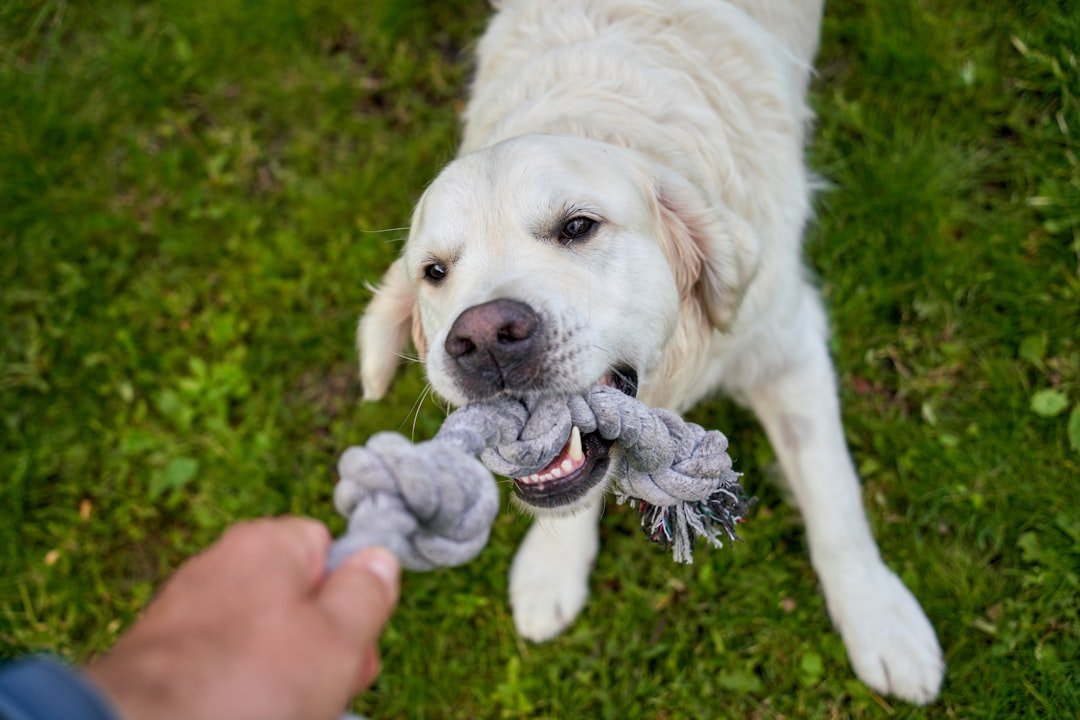
Understanding how dogs choose their favorite humans reveals something beautiful about the canine heart. They don’t choose based on who feeds them the most treats or who has the biggest house. Instead, they choose based on genuine connection, consistent care, emotional understanding, and mutual respect.
The remarkable thing about dog-human relationships is that they’re built on the same foundations that make any relationship strong: trust, communication, shared experiences, and genuine care for each other’s wellbeing. These positive experiences forge a bond with unconditional love. It’s one of many reasons dogs are our best friends. Every moment you spend truly understanding your dog, every time you meet their needs with patience and love, and every instance you choose to be fully present with them, you’re building something extraordinary – a bond that enriches both your lives immeasurably.
Have you noticed any of these signs in your own dog’s behavior? The beauty of this knowledge is that it’s never too late to become your dog’s favorite person – or to deepen the bond you already share.

Andrew Alpin from India is the Brand Manager of Doggo digest. Andrew is an experienced content specialist and social media manager with a passion for writing. His forte includes health and wellness, Travel, Animals, and Nature. A nature nomad, Andrew is obsessed with mountains and loves high-altitude trekking. He has been on several Himalayan treks in India including the Everest Base Camp in Nepal.

